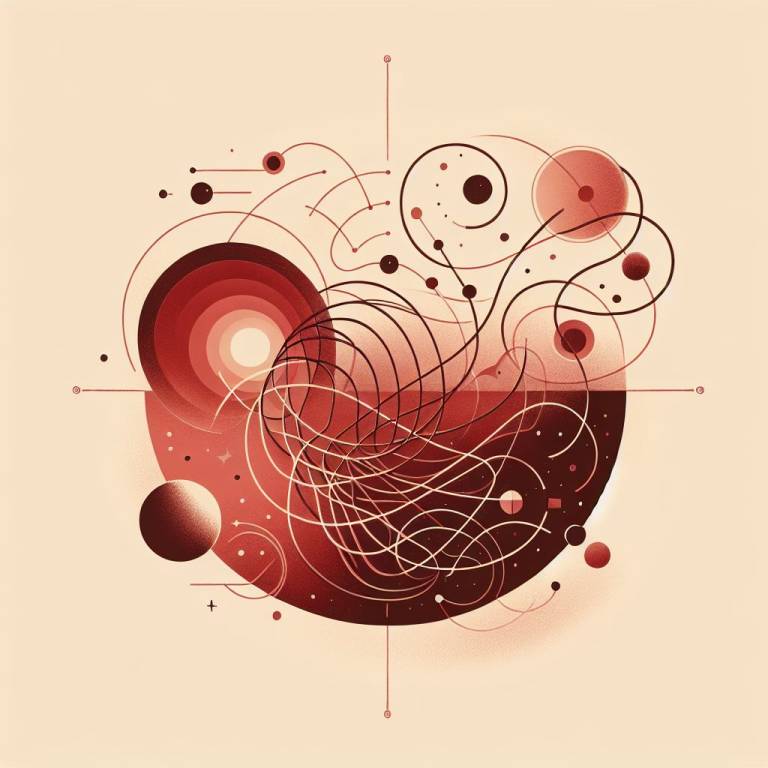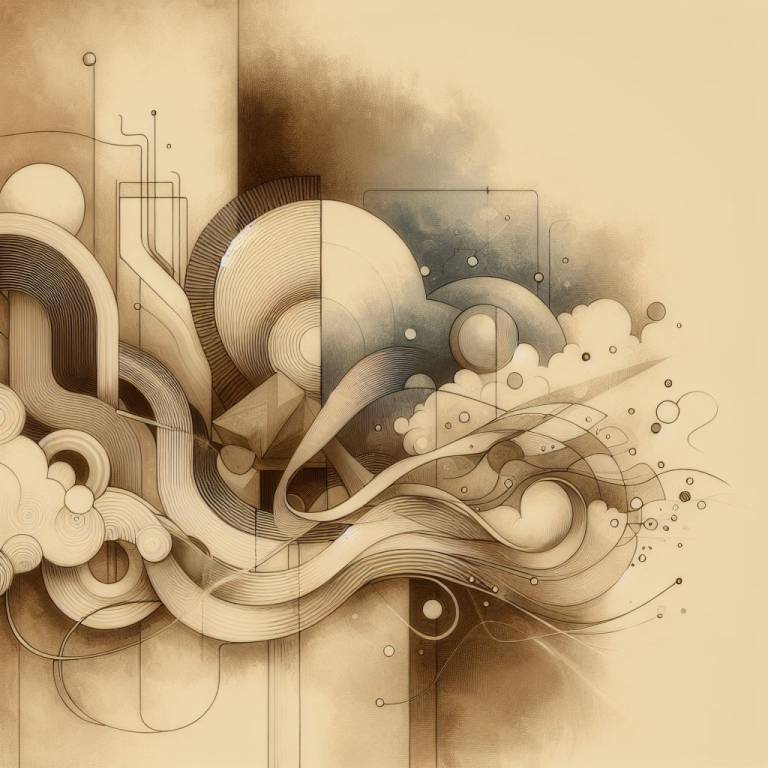The articles were thought-provoking and they stimulated discussion not only about the primary topic of our meeting – the politics of methods and the drivers of turns in IR – but also about the stylistics and tone of academic writing. We also discussed the importance of reading texts that make contributions to the discipline of International Relations in the midst of the more specific research projects that easily fill up our time as doctoral researchers or early career researchers.
The article by Claudia Aradau and Jef Huysmans (2014) argues that methods have a performative nature. That is, even though methods are often thought of as neutral and clinical, they come with assumptions about specific ways of looking at the world. That is, methods have the capacity to shape the social world.
Jaakko Heiskanen and Paul Beaumont (2023) take issue with IR’s turn-talk. They encourage scholars to think critically and reflexively about decisions that may seem, but are not necessarily, critical and reflexive in their appearance. As follows, the authors embrace reflexive critique of reflexivity (p. 18).
Methods as enacting devices and disrupting acts
The article by Aradau and Huysmans (2014) prompted us to reflect on our own methods and methodologies: What kind of worlds do we produce through our research and for whom?
Methods are performative and political.
Methods have often been perceived as instruments or techniques that bridge theory with empirical world — they have been considered as “just methods” (p. 600). Aradau and Huysmans demonstrate an alternative claim: they assert that methods are performative and political. They then categorize methods as enacting devices, capable to produce and reproduce worlds (p. 603–608), and as disrupting acts that have the capacity to contest the established order and propose alternatives (p. 608–612).
Describing methods as devices suggests that methods are performative and can create worlds. A method as a “device of extraction enacts worlds in the sense that it is an active force that is part of a process of continuous production and reproduction of relations, an endless process of bringing worlds into being” (p. 603).
For example, Aradau and Huysmans note that various visualization techniques such as maps contribute to knowledge production by building specific representations of the world. Such a simulacrum, a concept coined by Jean Baudrillard (1981) to imply a representation that has a distorted relation (if any) to the original image, may eventually gain life and result in becoming reality. A sort of self-fulfilling prophecy, that is.
Becoming aware of methods’ capacity to act as devices opens up their potential to function also as contesting acts that can contribute to building alternative worlds. If we accept “that methods enact worlds, the question of methods necessarily is a question of conflicting, competing, diverse ‘conceptions’ of worlds and subjectivities — a question of both knowledge and politics” (p. 607).
Viewing methods as acts puts an emphasis on their disruptive character. Methods can challenge and change the established ways of seeing and what is considered as uncontested and taken for granted. As follows, methods “can act upon regimes of knowledge and politics” (p. 608), thus intervening with the hierarchies of academic knowledge production and various power relations that unfold in the social world(s).
We discussed that reality is never enacted without disrupting, silencing and leaving something out.
While we found the argument about the performativity of methods interesting and important, in the discussion we were also wondering whether it makes sense to distinguish the capacity of enacting from that of disrupting. One might argue that they are co-constitutive processes: reality is never enacted without disrupting, silencing and leaving something out. The separation of performative abilities of methods into enabling devices and disrupting acts can create an unnecessary — and potentially harmful — binary if the silences and disruptions that all enactments rely on are not attended to.
While Aradau and Huysmans are careful to distinguish acts from agency (e.g. p. 614), these ideas also prompted us to discuss the role of material objects in our own research. For example, a reading group member had noticed how the recorder – or interviewees’ awareness of it – shapes what ends up on the tape and becomes a part of the “data”. This, we discussed, is a very concrete example of academic knowledge that is legitimated through the conventions of “good research” but is, at the same time, distorted in one way or another. We were left wondering how to take such “excess” into account in our own projects in order to be more truthful.
The two waves of turns in IR
The discipline of IR has witnessed a proliferation of turns. For their article, Jaakko Heiskanen and Paul Beaumont (2023) counted a total of over 60 turns, out of which over 40 have emerged since the 2000s. The authors detected two waves of turns in IR and explored the underlying drivers behind them. Through this, they demonstrate how a subfield of critical IR was established.
The first wave of turns emerged in the 1980s, whereas the second wave occurred in the 2000s. The first wave of turns was about turning away from positivism towards reflexivity, thus carving a new subfield – critical IR. The first wave was mostly about metatheory and philosophical underpinnings and acting as critique of positivism, which back then represented a mainstream approach in the discipline. The first wave evidenced “turns away from positivism and towards reflexivity” (p. 7).
The second wave of turns refers to events that took place already within an established subfield of critical IR, which explains the different nature of the turns since there was no need to carve out space for an emerging subfield. That is, no longer needing to struggle against positivism and to gain recognition as a subfield of IR, critical IR had become “’mainstream’ in its own right” (p. 14). As a result, the second wave of turns illustrates turns within reflexivity, where the focus shifted to “bringing new ontological objects within the purview of IR” (ibid.).
Inventing and coining turns may also be about the quest to gain academic recognition in the context of a highly competitive professional environment.
As follows, Heiskanen and Beaumont note that “post-positivist IR’s ‘international’ became a blank canvas that provides near limitless potential for ontological turning” (ibid). Furthermore, Heiskanen and Beaumont mention that the proliferation of turns in IR may reflect a capitalist logic: Being so closely related to the wider structures of economic production they may reproduce existing hierarchies and power relations. Inventing and coining turns may also be about the quest to gain academic recognition in the context of a highly competitive professional environment (p. 12).
We discussed, however, that this may equally be said to apply to the article by Heiskanen and Beaumont: While text may be read so that it takes stock of and reorganized existing knowledge, it also centres IR’s turn-talk to make a recognized contribution to disciplinary discussions. Extending Aradau and Huysmans’s argument about acts and devices to academic writing, in the context of Heiskanen and Beaumont’s piece we also discussed how the choice of style and tone of writing may also be said to enact worlds.
The proliferation of turns may make it harder to understand world politics.
This, perhaps, relates also to how Heiskanen and Beaumont encourage IR scholars to remain critically reflexive about reflexivity: they suggest “reflexive critique of reflexivity itself” (p. 18). Interestingly, they note that pluralization of turns may in fact mask homogeneity – which implies that turns do not differ from each other that much – and that actually this pluralization and proliferation of turns may make it harder to understand world politics (p 17–18). That is, turns may be “obscuring rather than illuminating the nature of world politics” (p. 18).
References
Aradau, C., & Huysmans, J. (2014). Critical methods in International Relations: The politics of techniques, devices, and acts. European Journal of International Relations, 20(3), 596–619. https://doi.org/10.1177/1354066112474479
Baudrillard, J. (1981). Simulacres et simulation. Galilée.
Heiskanen, J., & Beaumont, P. (2023). Reflex to turn: the rise of turn-talk in International Relations. European Journal of International Relations, 1–24. https://doi.org/10.1177/13540661231205694
The images on these pages have been generated with the help of AI tools





